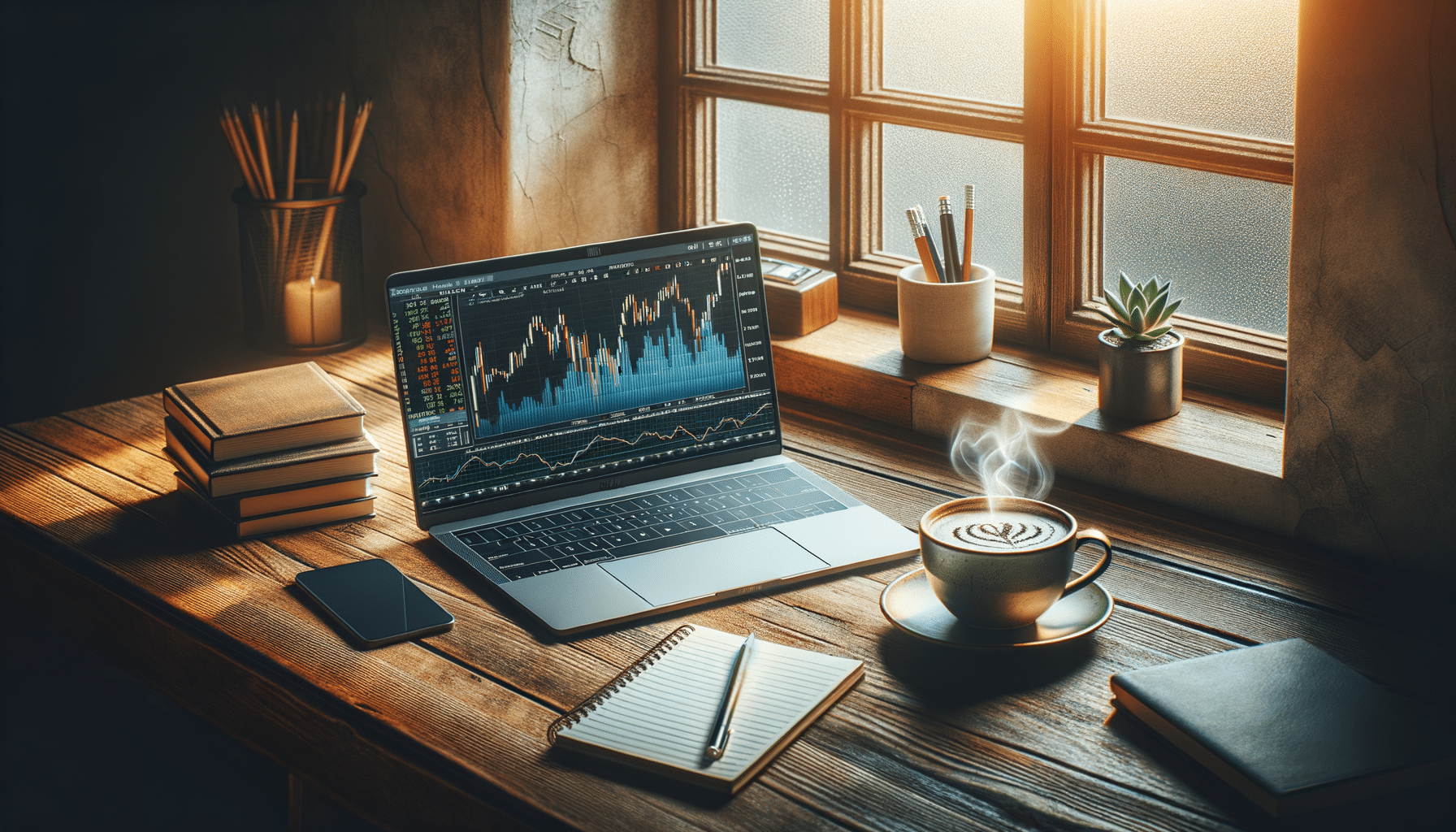
Step-by-Step Guide to Navigating Trading Platforms
Understanding Trading Platforms
Trading platforms are the backbone of modern investing, serving as the digital marketplace where traders buy and sell financial instruments. These platforms have evolved significantly over the years, offering a range of features designed to cater to both novice and experienced traders. At their core, trading platforms provide access to a variety of markets, including stocks, forex, commodities, and cryptocurrencies. They are equipped with tools and resources to help traders make informed decisions. The importance of choosing the right trading platform cannot be overstated, as it directly impacts your trading experience and outcomes.
When selecting a trading platform, consider the following key aspects:
- Usability: A user-friendly interface is crucial, especially for beginners. Look for platforms with intuitive navigation and clear instructions.
- Fees: Different platforms have varying fee structures. It’s important to understand these fees, as they can affect your profitability.
- Security: Ensure the platform uses robust security measures to protect your data and funds.
- Market Access: Check if the platform offers access to the markets and instruments you are interested in.
Choosing the right platform is a personal decision that depends on your trading style, goals, and level of experience. By understanding these factors, you can make an informed choice that aligns with your trading needs.
Key Features of Trading Platforms
Trading platforms offer a plethora of features designed to enhance the trading experience. One of the most critical features is the charting tools, which allow traders to analyze price movements and identify trends. These tools often come with various technical indicators, such as moving averages and RSI, to aid in decision-making.
Another essential feature is the order execution system. A reliable platform should offer fast and efficient order execution to ensure that trades are executed at the desired price. Delays in execution can lead to significant losses, especially in volatile markets.
Additionally, many platforms provide educational resources and tutorials to help traders improve their skills. These resources can range from basic guides for beginners to advanced strategies for seasoned traders. Access to real-time news and market analysis is also a valuable feature, keeping traders informed about market developments.
Some platforms offer social trading features, allowing users to follow and copy the trades of experienced traders. This can be particularly beneficial for beginners looking to learn from more experienced individuals.
Overall, the features offered by a trading platform can greatly influence your trading experience. It’s important to evaluate these features and determine which ones are most important for your trading strategy.
Comparing Different Types of Trading Platforms
Trading platforms can be broadly categorized into two types: proprietary platforms and third-party platforms. Proprietary platforms are developed by brokerage firms for their clients, while third-party platforms are developed by independent companies and can be used with multiple brokers.
Proprietary platforms are often tailored to the specific needs of a broker’s clients, offering a seamless experience with integrated services. However, they may lack the flexibility and customization options available with third-party platforms. On the other hand, third-party platforms are known for their advanced features and extensive customization options. They often support multiple brokers, allowing traders to switch brokers without having to learn a new platform.
Another distinction is between web-based and downloadable platforms. Web-based platforms offer the convenience of accessibility from any device with an internet connection, while downloadable platforms may offer more robust features and faster performance.
Mobile trading apps are also becoming increasingly popular, providing traders with the flexibility to trade on the go. These apps are particularly useful for monitoring trades and executing orders while away from a computer.
When comparing trading platforms, consider your specific needs and preferences. Whether you prioritize advanced features, ease of use, or mobility, there’s a platform that can meet your requirements.
Security and Regulation in Trading Platforms
Security is a paramount concern when it comes to trading platforms, as they handle sensitive financial data and transactions. Reputable platforms employ robust security measures, such as encryption and two-factor authentication, to protect user data and funds. Additionally, they often undergo regular security audits to ensure the integrity of their systems.
Regulation is another critical aspect to consider. Trading platforms that are regulated by recognized financial authorities offer a level of assurance regarding their legitimacy and reliability. Regulatory bodies establish standards and guidelines to protect traders and ensure fair practices in the financial markets.
When choosing a trading platform, verify its regulatory status and the security measures in place. This information is usually available on the platform’s website or through the regulatory body’s website. Trading with a regulated platform can provide peace of mind, knowing that your investments are protected by industry standards.
In conclusion, security and regulation are crucial factors in selecting a trading platform. Ensuring that a platform adheres to these standards can safeguard your trading experience and protect your financial interests.
Conclusion: Choosing the Right Trading Platform for You
In the dynamic world of trading, selecting the right platform can make a significant difference in your trading journey. By understanding the various features, types, and security aspects of trading platforms, you can make an informed decision that aligns with your goals and trading style.
Consider what is most important to you, whether it’s advanced charting tools, low fees, or mobile accessibility. Evaluate different platforms and take advantage of demo accounts to test their features and usability before committing to a specific one.
Remember, the right trading platform is one that meets your unique needs and enhances your trading experience. With the right choice, you’ll be well-equipped to navigate the markets and pursue your investment goals with confidence.


